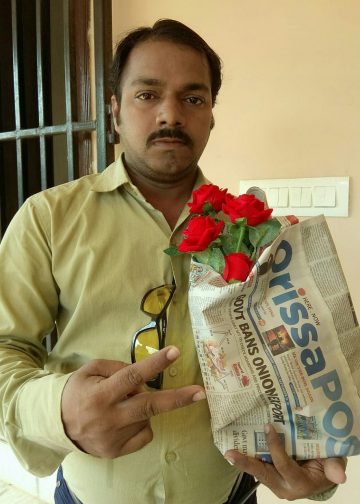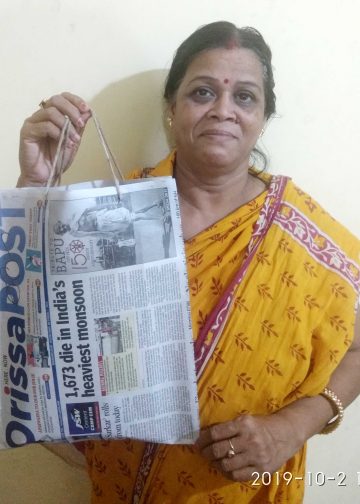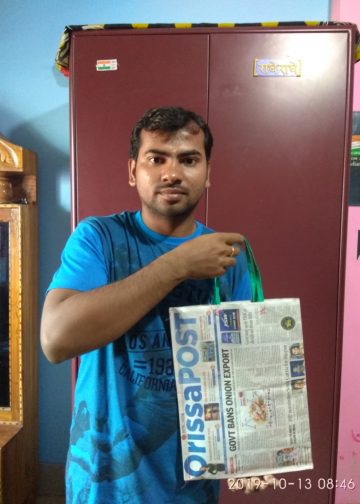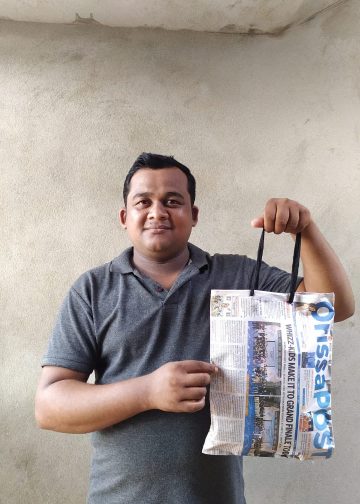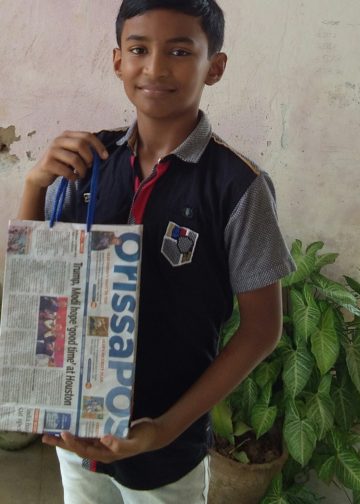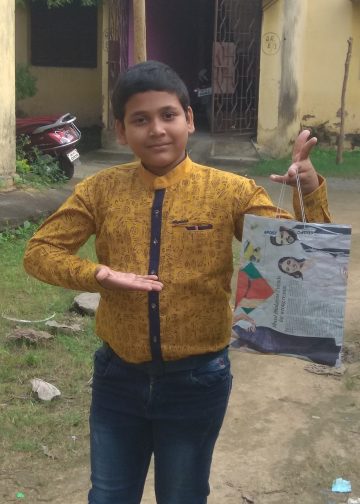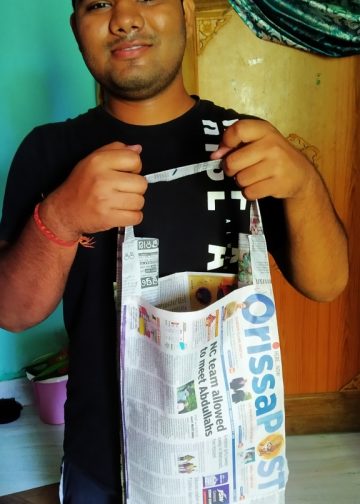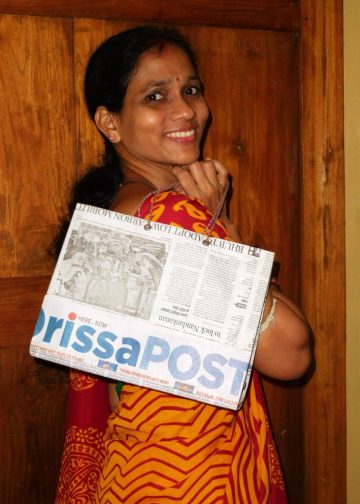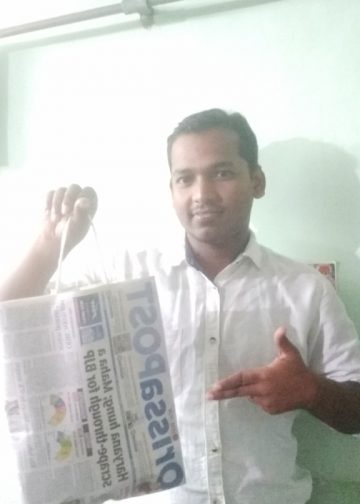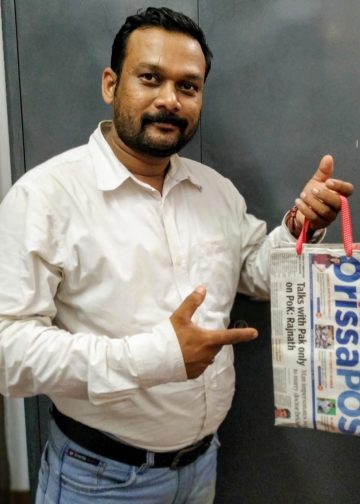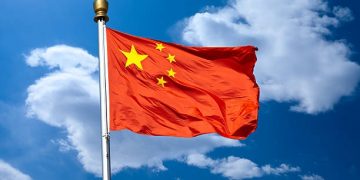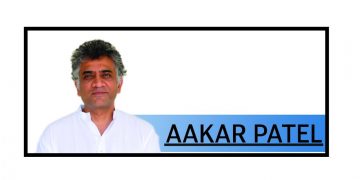On Ashadha Shukla Dwitiya, the deities of Jagannath Temple in Puri traditionally embark on their world-famous Rath Yatra – from Srimandir to Gundicha Temple. Lord Jagannath, along with his elder brother Lord Balabhadra and sister Goddess Subhadra, undertakes this ceremonial journey to their birthplace and returns on the tenth day during Bahuda Yatra.
However, history records instances when the deities had to be taken on processions far from the temple — sometimes even outside Puri — due to threats of invasion. Historians note that such processions have occurred eight times beyond Puri: fi ve times to Gadakujanga, once to Chakanasi in Chilika, once to Nairi (another Lilakshetra of Mahaprabhu in northern Chilika), and once to Gadamanitri. There is also a unique historical account of an internal Rath Yatra within the sanctum of the Srimandir.
According to noted historian Surendra Kumar Mishra, in 1621, Ahmed Beg Khan launched an attack on the Jagannath Temple. Acting on the advice of the Gajapati king, the temple servitors, with the assistance of the Paikas (warriors), first moved the deities to Andharigada near Manikapatna via the river route. But when intelligence revealed Ahmed Beg Khan was advancing toward them, there was no time left for further relocation. Mishra interprets this turn of events as divine will — Mahaprabhu’s own ‘Lila’ (divine play), beyond human understanding. Ultimately, a decision was made to relocate the Brahma (soul essence of the deities) to Gadamanitri. There, Gajapati Purushottam Dev of the Bhoi dynasty re-consecrated the deities through a Nabakalebara (ritual regeneration of the divine bodies). This emergency Nabakalebara was held at Gadamanitri, and shortly afterwards, in 1622, the king passed away. His son, Gajapati Narasingha Dev, arranged for all necessary rituals and services to continue at Gadamanitri until the situation in Srikshetra (Puri) stabilised. Records suggest that the deities remained at Gadamanitri for roughly two and a half years. During this period, two significant festivals were conducted: Rath Yatra and Chandan Yatra. On Rath Yatra day, the deities were taken in a chariot procession from the present-day Sritrutiyadeb temple to a make-shift Gundicha temple erected to the south of Lord Kapileswar Mahadev’s shrine which is located on the eastern side of Gadamanitri. The deities resided there for nine days before returning to their original location. The route taken during this Rath Yatra, now almost 400 years old, is today known as Badadanda. With no subsequent processions held after that era, the temporary Gundicha temple gradually disappeared, though the site is still known locally as ‘Gundichaghar Pada.’ In 2015, during a second round of heritage research, Mishra discovered that the Gadamanitri site once had 22 water bodies and 23 dandas (land segments). Of these, 12 dandas have been transformed into private gardens or properties, leaving only 11 in existence today. The condition of the ponds has also deteriorated — only one, known as the Chandan Pokhari, still remains, although its water level has drastically reduced. The Chandan Pokhari lies to the southeast of the Sri Kapileswar temple. Not far from it is Kurumapahad, another landmark associated with the event. The Kapileswar temple itself was consecrated by the King of Ranpur during the Kesari dynasty’s reign, at a time when Gadamanitri was under the Ranpur kingdom. Historical documents confirm that in 1622, Chandan Yatra rituals were conducted at this very pond, with active participation from servitors. The site, though now obscure, was once a thriving centre of devotion during one of the most turbulent times in the history of Lord Jagannath’s worship.





